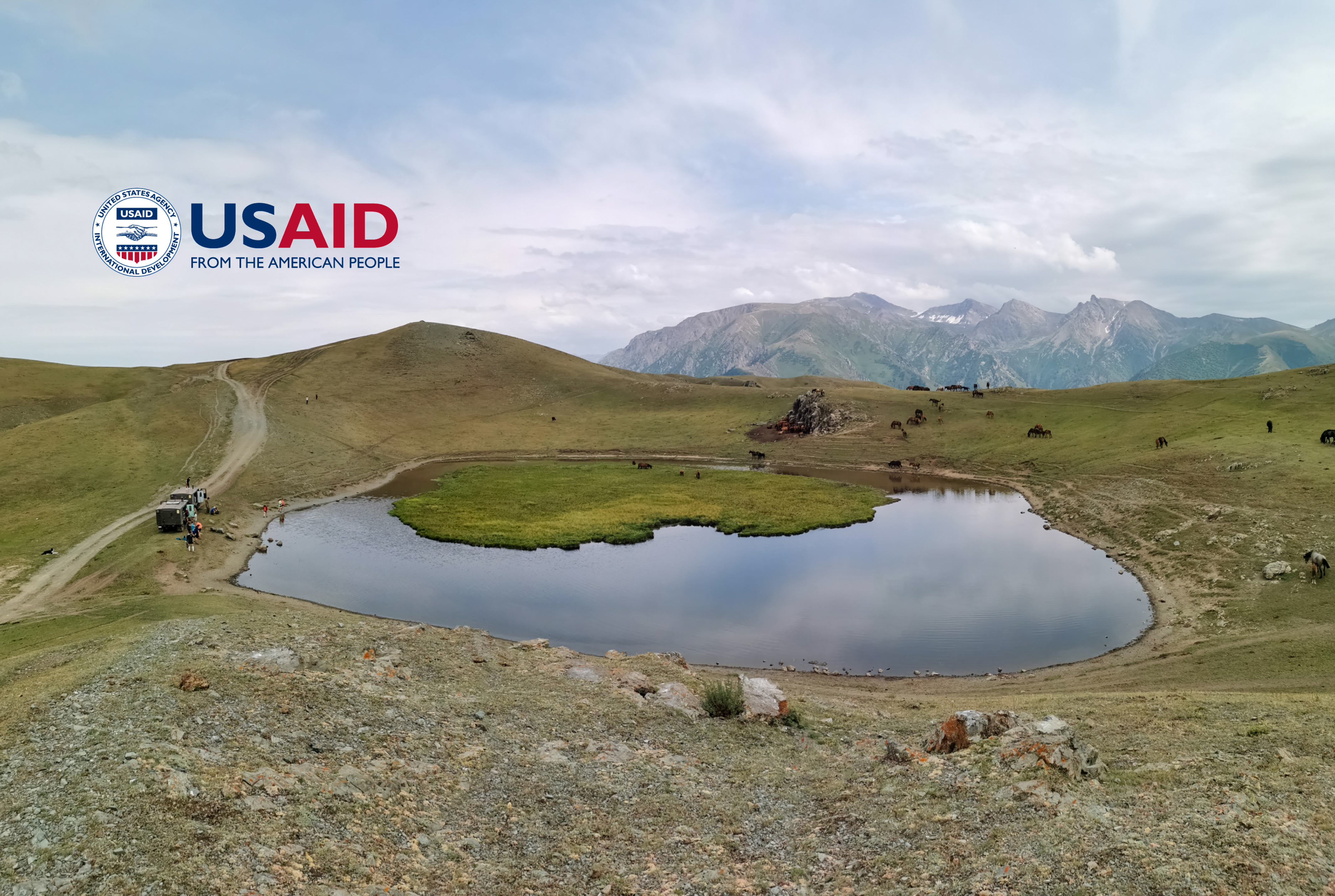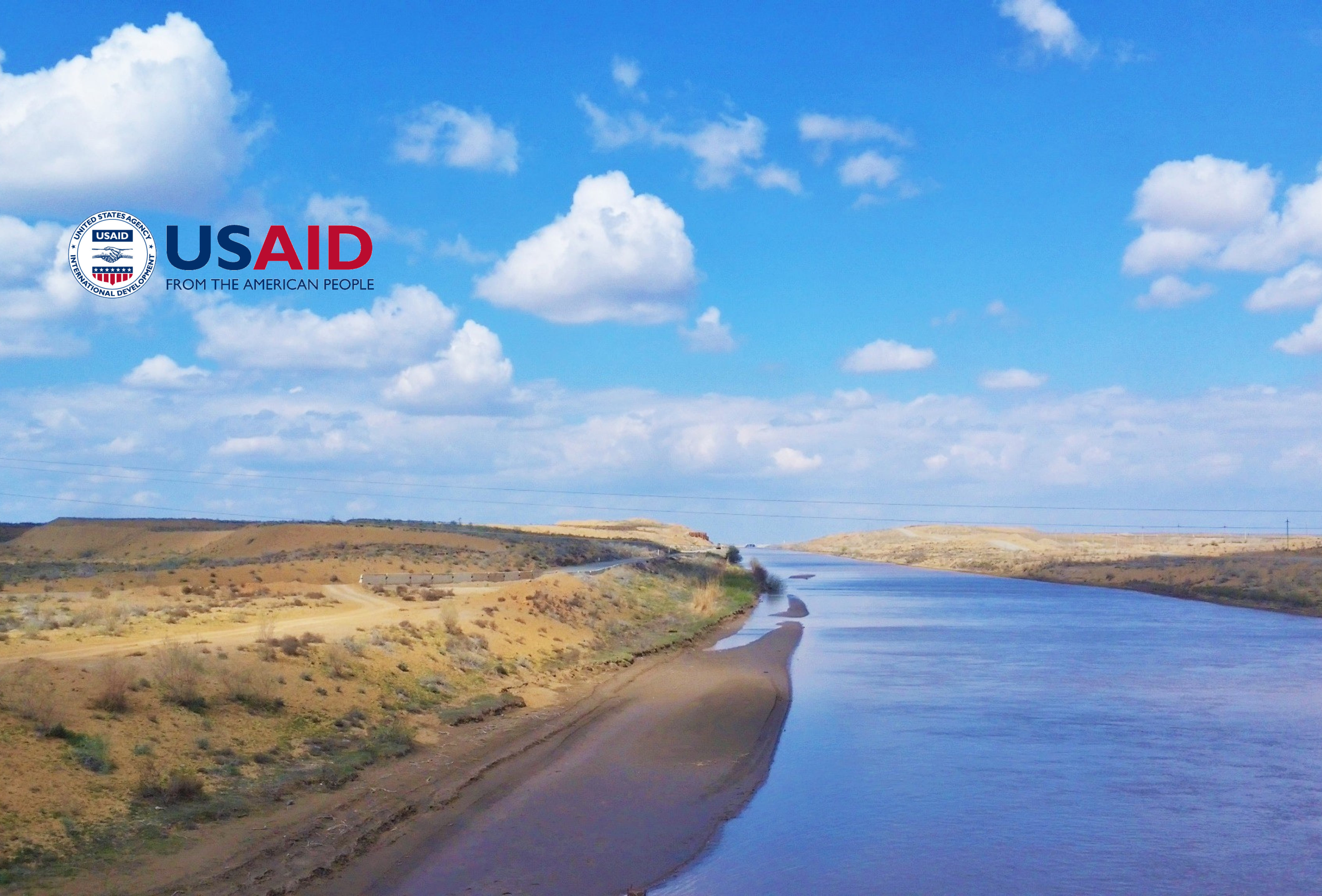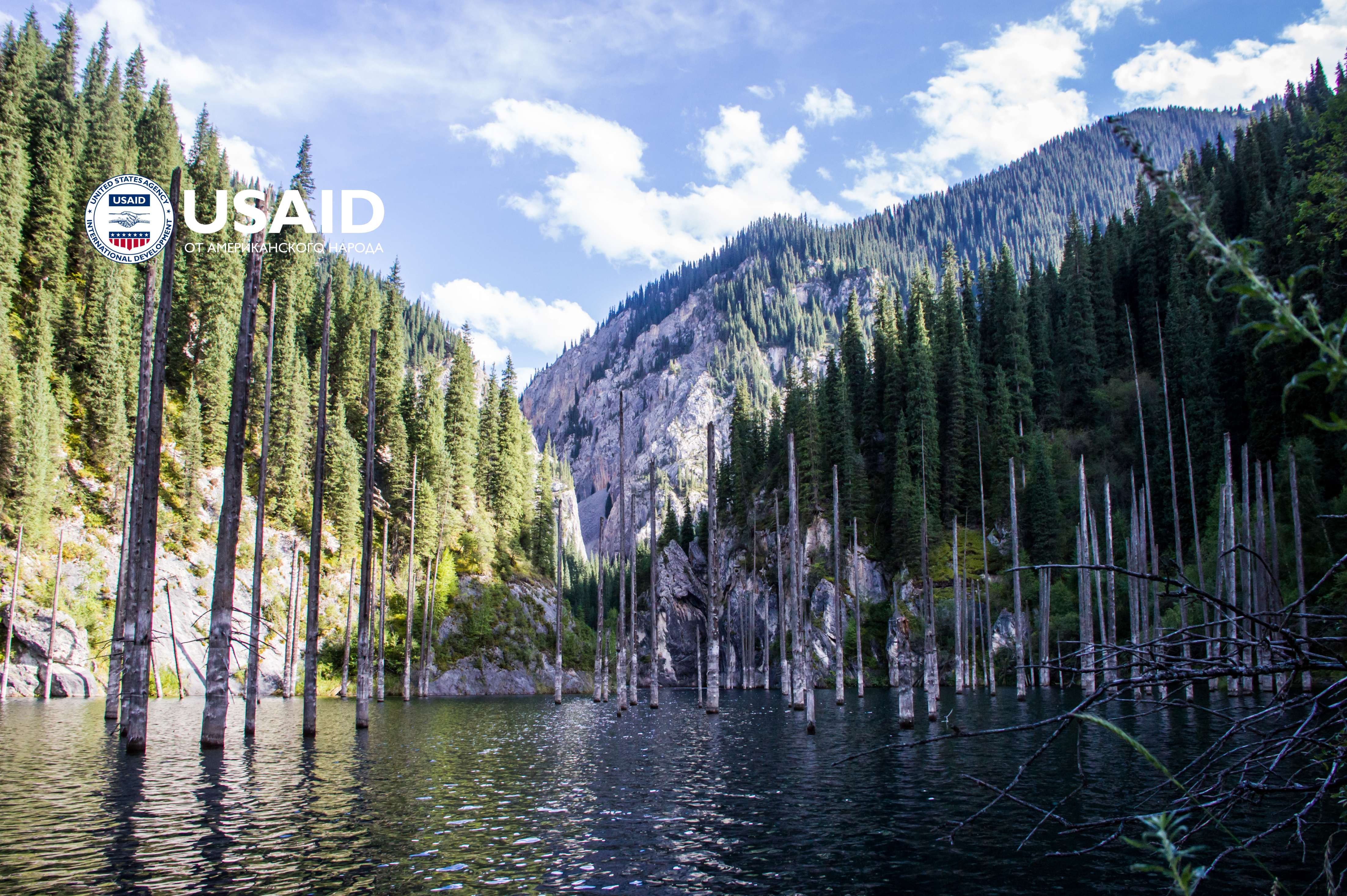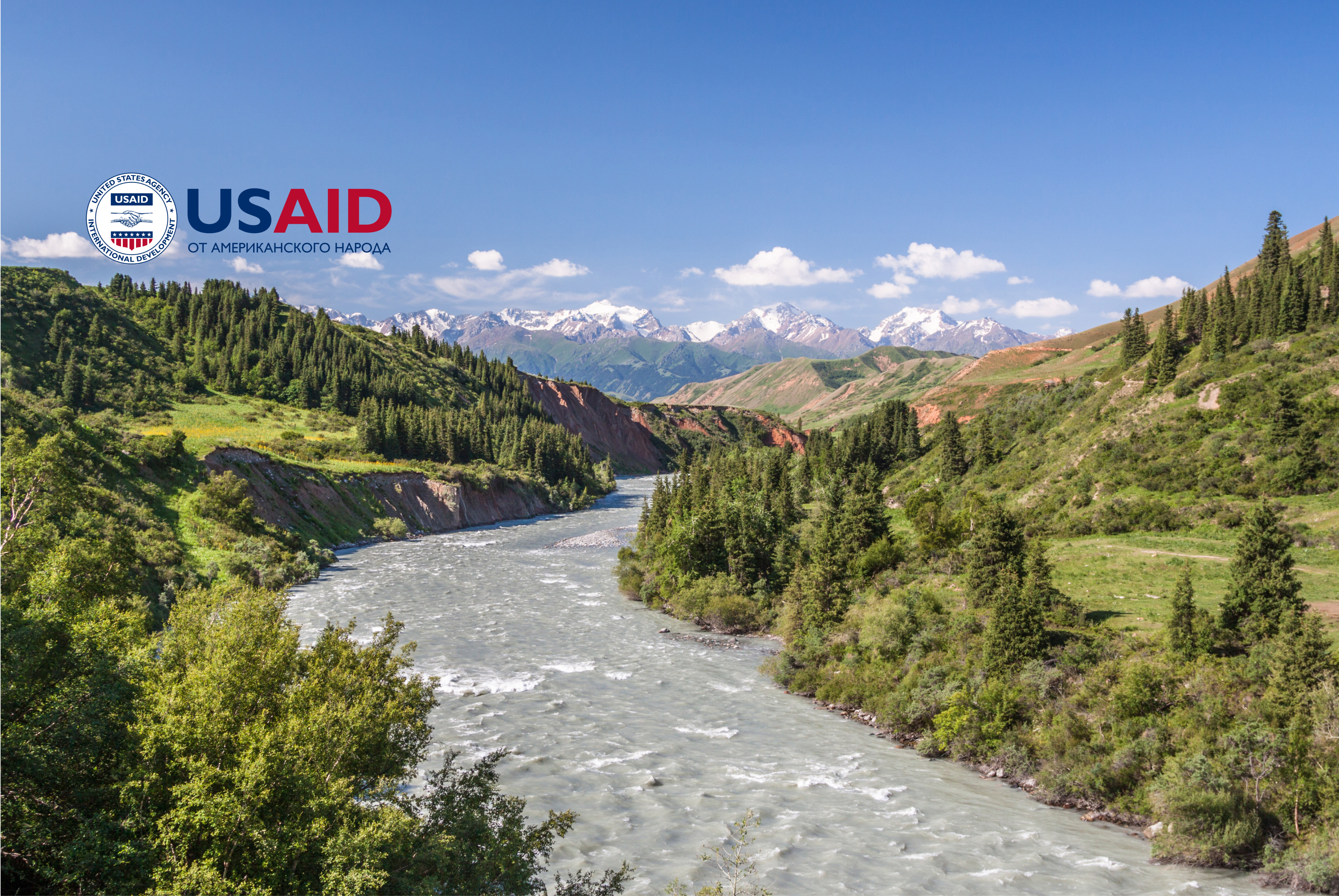riverbp
Community of Practice / Knowledge Hub
Lectures/seminars
Water-Energy-Food-Ecosystems (WEFE) Nexus Lecture: International Water Law: Linkages between Water Law and Nexus Approach
Achieving sustainable development in river basins, including in Central Asia, requires effective coordination in decision-making and planning over the use of natural resources - water, energy and land.
International water law offers an overarching framework for addressing a broad range of water-related challenges that span across scales (international vs regional), sectors (energy, agriculture, environment) and disciplines (political, economic, societal and environmental).
Water-Energy-Food-Ecosystems (WEFE) Nexus Lecture: Water Sector financing in Central Asia: Opportunities and Challenges
Water is key for the socio-economic development of all the countries sharing the Aral Sea Basin (ASB). In fact, it is the availability of water that determines the region’s economic performance, social coherence, and even political stability. The environmental aftermath of water mismanagement in the region led to the creation of a 5-million-hectare desert—the Aral-Kum. The collapse of the Soviet economic system immediately resulted in the disintegration of the compensatory system and mechanisms in the region involving water and energy and pushed countries towards more self-sufficiency and independence in all economic areas, including water, energy, and agriculture.
Water-Energy-Food-Ecosystems (WEFE) Nexus Lecture: IWRM versus Nexus Approach - is there any difference
The world community has been introducing IWRM principles in most countries of the world for at least three last decades. Over the past decade, the Nexus approach has been introduced along with the IWRM approach. If IWRM has already been incorporated into the national legislation of the CA countries and the principles are being implemented at the river basins, then the concept of Nexus is quite new for the region. There are many questions about the new approach and lots of misunderstanding. Is Nexus a completely new approach, or is it just a new name for the IWRM approach? Do we need to completely change CA legislation for implementation of Nexus approach, or should we just make some additions?
Water-Energy-Food-Ecosystems (WEFE) Nexus Lecture: Water Security in an Uncertain Future
Central Asia is experiencing growing demand for water, food, and energy. But the region’s climate is highly variable and projected to have profound implications for regional water resources. Snowmelt and glacier melt supply much of the spring and summer runoff needed for the agriculture growing season. Increasing temperatures and shifting patterns of precipitation are accelerating glacier melt and reducing snowpack. The combination of these climatic and hydrological changes will add considerable uncertainty for the successful management of water resources.
Items 21 - 24 of 24
First | Prev. | 1 2 3 | Next | Last



